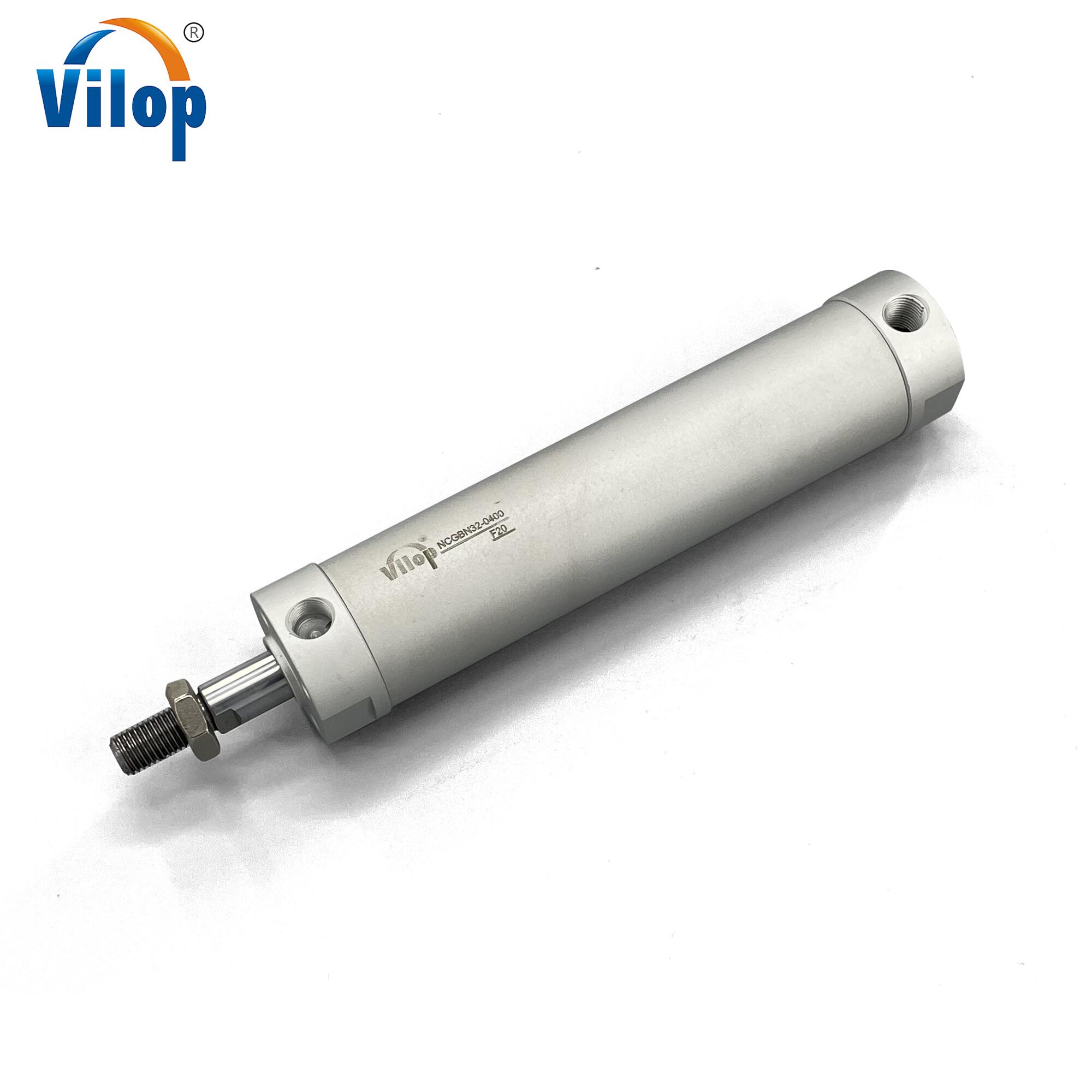- All
- Product Name
- Product Keyword
- Product Model
- Product Summary
- Product Description
- Multi Field Search
Views: 123 Author: Site Editor Publish Time: 2022-08-30 Origin: Site

In recent years, hydraulic and pneumatic are two very popular working equipment modes. Although hydraulics has a longer history and is simpler in some respects, this model usually cannot accommodate higher loads. On the contrary, the cylinder has the advantages of smoother movement and stronger adjustability. More interestingly, the pneumatic device can perform some auxiliary functions, such as lubrication. It should be noted that the appropriate size and design are the deciding conditions that enable the pneumatic system to achieve higher performance under different footprints.
How to design the cylinder?
The design of the cylinder essentially follows a balanced principle, because every small design factor will affect other design factors, and everyone complements each other. Although NFPA standards and ISO-compliant guidelines are a starting point for pneumatic system design, many highly specialized industries have their own equipment operation and design guidelines. As a professional cylinder manufacturer, we can provide consumers with various high-quality cylinder options, and can achieve the most extensive performance requirements. In response to the requirements of some specific functions, we will also add standard components to meet the later operation. The following design factors can all be considered.
1. Speed: Standard pneumatic cylinders can easily reach the required speed (usually 1 m/s). Generally, standard low-friction seals are a better choice for high-speed applications.
2. Temperature: The standard cylinder device system can meet the temperature requirements of -50°C to +260°C. Therefore, it is necessary to prompt and apply extreme temperatures on the temperature spectrum during design to achieve long-term or short-term performance balance.
3. Installation methods: Generally, there are three main installation methods for cylinders. The first is fixed installation along the centerline of the cylinder. The second is fixed installation not along the centerline. The third is to drive and install along a curved path.
4. Bore diameter: The bore diameter of the cylinder is generally related to the specific working pressure. The push-pull force required in the work equipment determines its size and diameter.
5. Cylinder configuration: For applications that require equal pressure on both sides of the piston, the standard double-acting cylinder configuration uses pressure to extend and retract the cylinder, combined with a four-way directional control valve to direct the pressure to the piston head or piston end cover, which is almost always better than more customized solutions are preferable.
6. Seals: Professional cylinder manufacturers who have been deeply involved in the industry for many years can provide seal configurations that meet various temperatures and industry needs to help consumers obtain more precise applications.
Additional consideration
Each industrial application has its particularity, so the specifications of the pneumatic cylinder will also involve many auxiliary accessories. All of these component designs that can help optimize the performance of the pneumatic system depend on the specific needs of each application. In some applications, specifying the correct cylinder for the correct task requires some customization in terms of component size, material type, or configuration. In this case, if you cooperate with an experienced manufacturer of pneumatic system solutions, you will greatly save money spent on the OEM process. Need help designing a cylinder that suits your needs? Contact Vilop quickly!